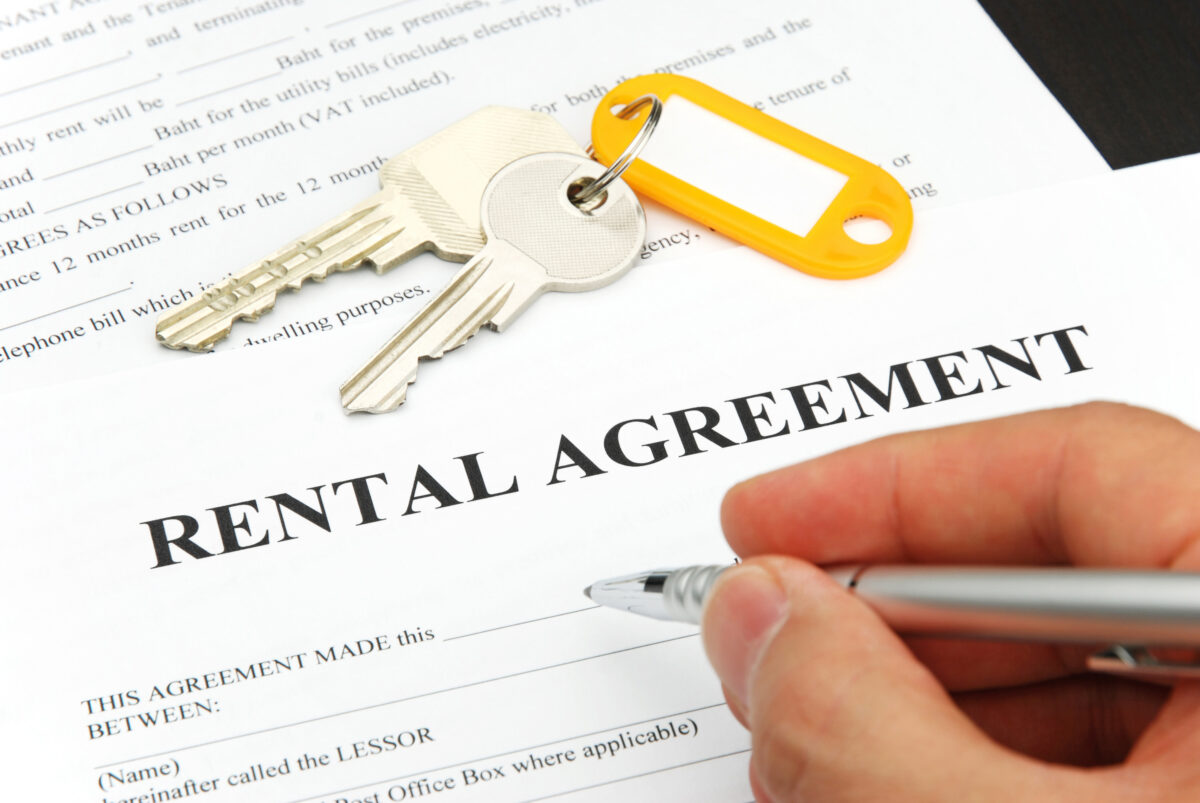On average seven tenants now battle it out for every new rental property that comes to market, according to a recent report from Sequence estate agents.
This upsurge in demand has in turn pushed up rent across the country, with average London prices increasing by 6% to £1,515 over the last 12 months, and the rest of the country climbing 4% to £697.

A growing rental market usually corresponds with contracting buyer demand.
However, many observers note that although the property market is slowing there are still lots of buyers out there, suggesting that the issue is in fact a shortage of properties.
All of which means that rental demand – and prices – are likely to continue on their current trajectory for the foreseeable future.
So if you’re looking to capitalise on a buy-to-let investment follow our ’10 pillars of buying to let’ to give your investment a firm foundation.
The 10 Pillars Of Buying To Let
- Choose Your Property Carefully
You need to consider the location, the availability of potential tenants, the type of tenants you want to attract, and access to transport and amenities.
For young professionals, modern city centre properties might be perfect. For families, suburban properties with parking and gardens will get better results.2
2. Do The Maths
Before buying a property to rent, always look at the potential annual returns.
To work out your potential profits, subtract what you pay each year in mortgage interest from what you earn in rent, divide by the amount you paid in deposit and any other fees, multiply by 100 and that is your yield.
Remember to allow for tax, maintenance costs, management fees and insurance, as these will impact on your return.
3. Get A Professionally Prepared Tenancy Agreement
This is your protection against wayward renters, as it sets out the rights and obligations of both you and your tenant.
While you can find standard agreements on the web, according to the Saga Legal smooth moves guide it’s worth investing a little extra to have it prepared by a qualified conveyancer, to ensure you save yourself a lot of potential hassle in the future.
4. Check Your Tenants’ References
You wouldn’t let a complete stranger move in with you, nor should you let one move into your buy-to-let property.
Make sure your new tenant can afford the rent by doing a credit check and asking for employer details, and request references from previous landlords to see if they have ever defaulted on payments. You could even ask for a guarantor to protect you against unpaid rent.
5. Handle Tenants’ Deposits Properly
Any deposit on an assured shorthold tenancy (the standard rental tenancy) has to be put in a government-backed tenancy deposit scheme (TDS) within 30 days of receipt.
They will protect your tenants’ deposit and hold onto it for safekeeping in the event of any dispute. Your tenant will be able to demand up to three times the deposit in compensation if you don’t use the scheme.
6. Chase Rent Arrears Early
Contact your tenants as soon as a payment becomes overdue, as the longer you allow it to go unchecked the less likely you are to get the money.
A solicitor can provide valuable support resolving payment disputes and helping with eviction procedures if the situation doesn’t improve.
7. Get Landlord Insurance
Standard home insurance policies will not provide enough cover for a rented property.
Dedicated landlords’ insurance adds important features to protect you and your investment, such as public and property owner’s liability cover (in case your tenant is injured due to a fault in the property), legal cover (in case of disputes) and loss of rent cover (in case of defaults).
The latter is especially important if you rely on the rent to cover your buy-to-let mortgage. Always check the policy to see what is included.
8. Do A Property Inventory
To protect yourself and your tenants from potential disputes at the end of their tenancy, make sure you complete a detailed inventory of what’s included in the property when each tenant moves in or out.
Similarly, prepare a full ‘snagging list’ of any scuffs, scrapes or damage and take photographs if necessary.
9. Appoint A Property Manager
Unless you have the time and the inclination to manage the day-to-day details of your property, you will need a property manager or letting agent.
They will be your point of contact with your tenant, and if they aren’t up to the task it could reflect badly on you and potentially jeopardise future rentals.
For complete peace of mind look for someone who is a member of the National Approved Letting Scheme.
10. Be Aware Of The Dangers
Finally, you should always be prepared for the worst. Keep in mind that things can go wrong and you will need to budget for repairs.
If property prices fall will you still be able to hold on to your investment? Do you have enough money in the bank to pay your buy-to-let mortgage if you can’t find a tenant straight away?
A useful guide is to allow for your property standing empty for two months of the year.
